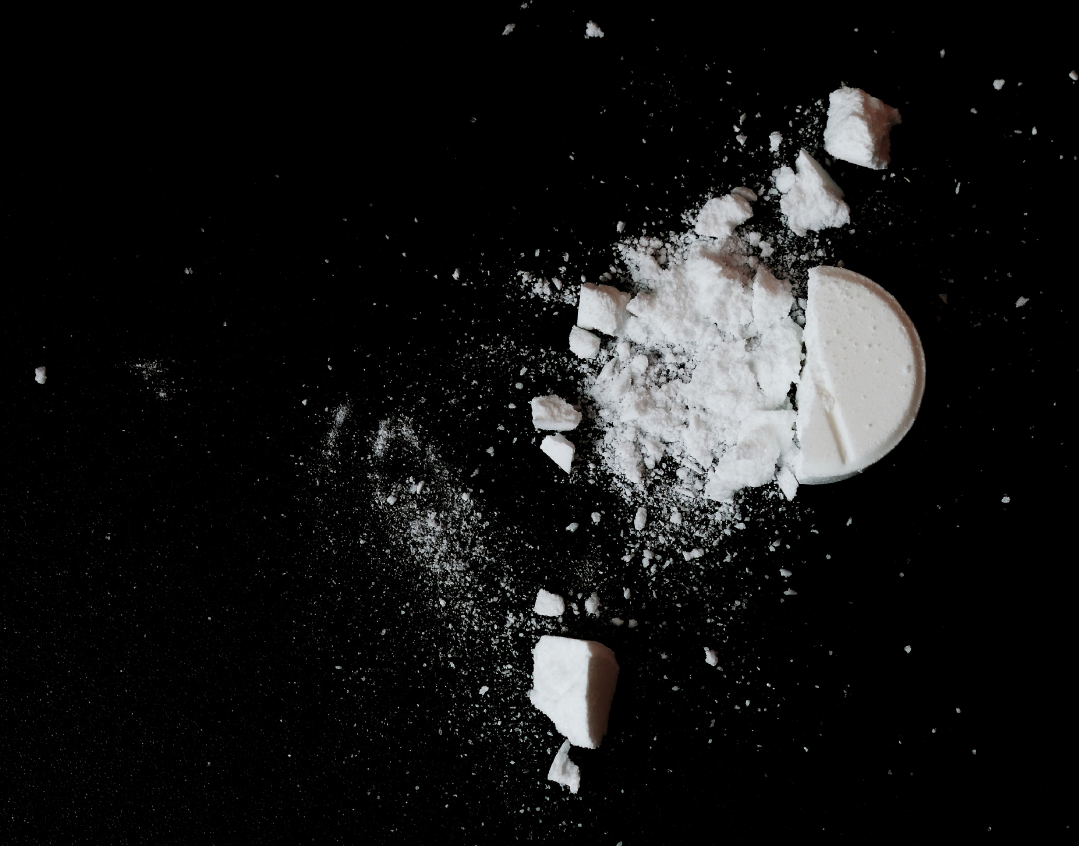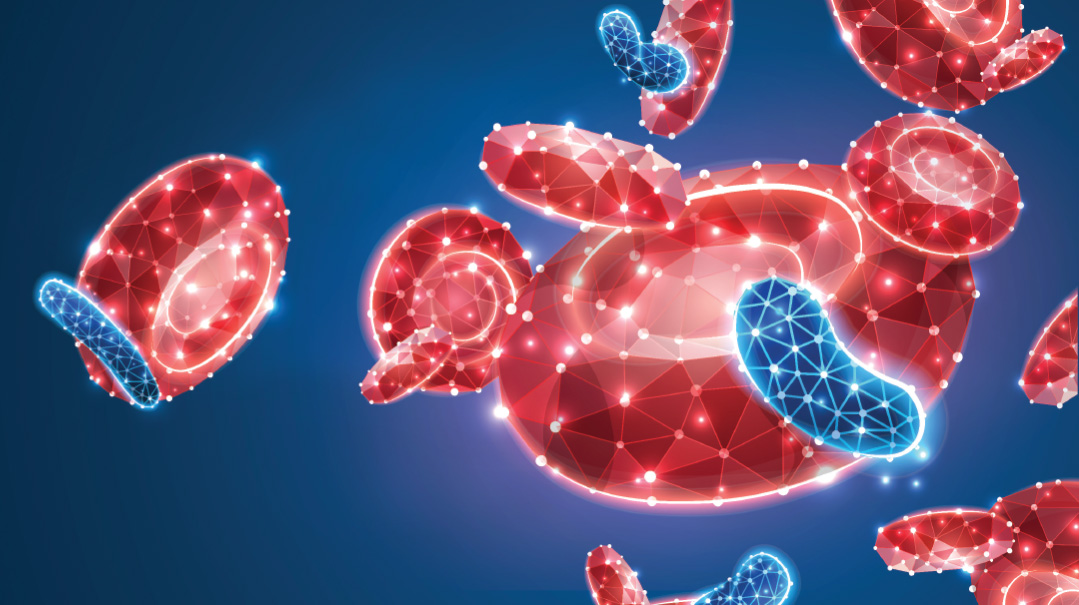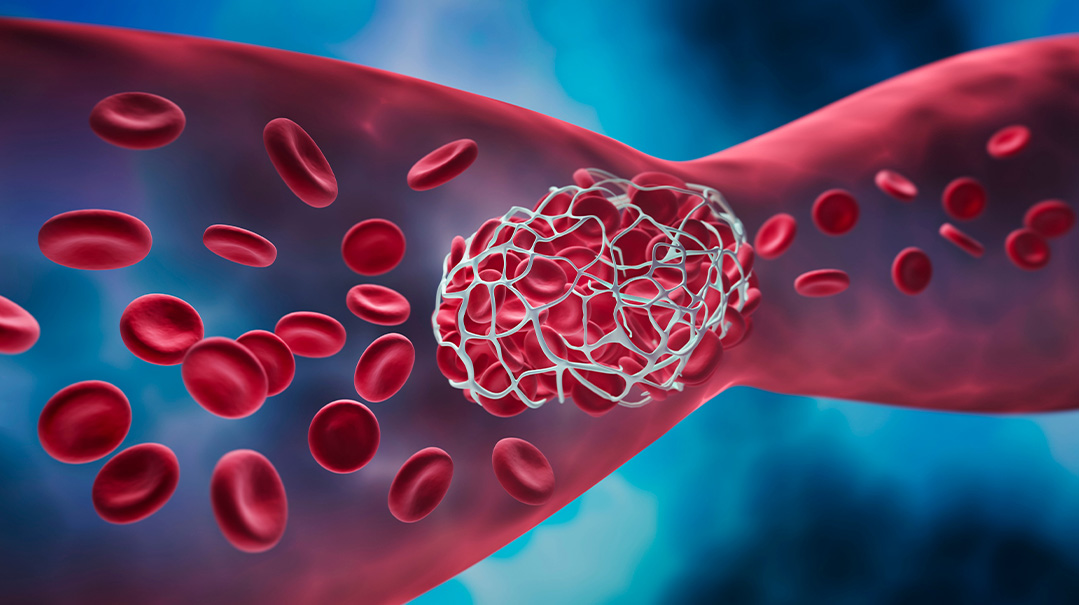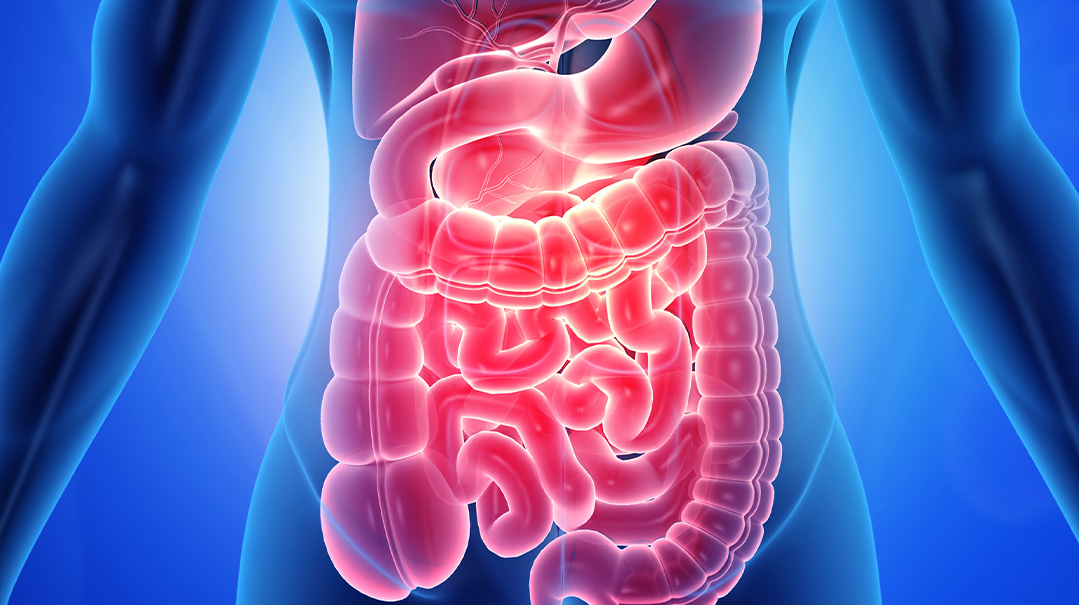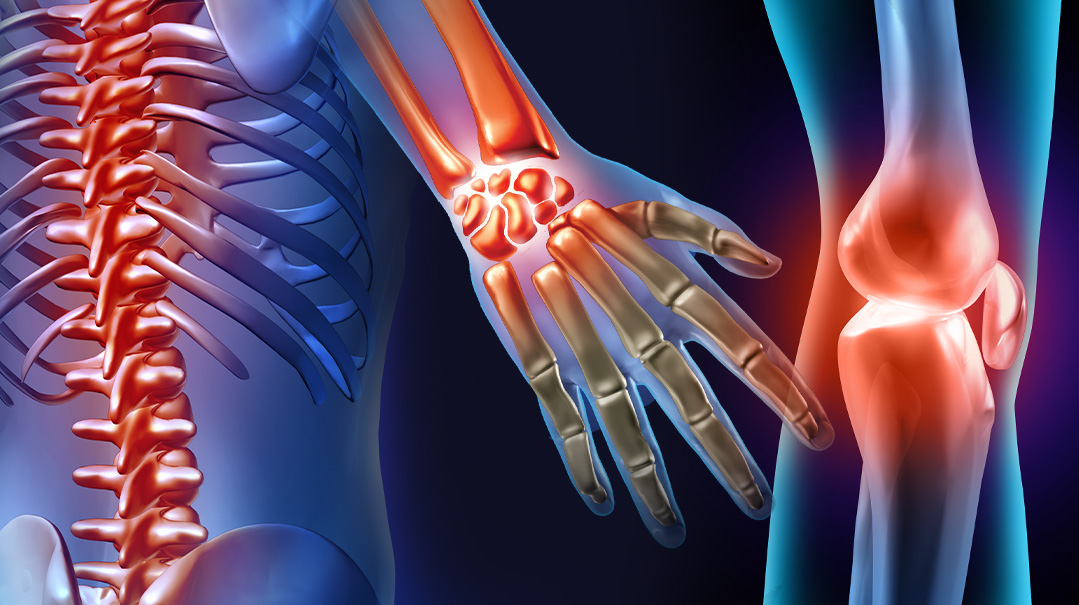Safe Delivery

Was my golden tan a sign of something sinister?

As told to Faigy Peritzman by Shoshana Seif
When the pain hit on the right side of my ribcage, I almost doubled over. Collapsing on the couch, I gasped to my husband, “What’s going on? Was the salmon I ate at the kiddush spoiled?”
I could barely speak the pain was so bad. I’m not a complainer. Originally from San Antonio, I’m Texas-tough all around, and not one to take such pain sitting down, but this was incredibly intense.
I was in the middle of my fourth pregnancy, and from that day on, every time I ate fatty foods, the pain returned. I assumed it was my gall bladder, but an ultrasound showed no stones. As long as I avoided fats, I was pain-free, so I adjusted my diet and reached the end of my pregnancy attack-free.
In the delivery room the doctor declared, “You must’ve mistaken your due date. You’re way overdue. This placenta is very old, scarcely functioning.”
I was so glad to have my healthy baby girl, I didn’t pay much attention to him.
With a newborn and three little ones to care for, I reverted back to fatty food, and was grateful I could enjoy them pain-free. Assuming it had been one of those weird pregnancy quirks, I put it out of my mind.
My fifth pregnancy, two years later, started out calmly. That Succos, while in my eighth month, we went to the Kinar Hotel in the Galil with my in-laws. When we returned, I noticed I was very tanned. “I’m golden!” I said with pride. “Even my toes and fingers got tanned!”
But apparently, a tan wasn’t the only thing I picked up from the Kinar. That Friday night my palms and the soles of my feet started itching intensely. I ran to the kitchen, and using a Shabbos sponge, scrubbed my hands vigorously, but nothing seemed to ease the itching. I figured I’d caught a fungus from the hotel.
On Sunday, I called my labor coach, Barbara Perkal, for her advice on this nonstop itching. Barbara’s a registered nurse and certified midwife, as well as my guru. She knows everything there is to know about pregnancies, and I often consult with her.
She listened to my description carefully and then said, “There’s a rare condition called obstetric cholestasis that affects the liver during pregnancy. Best to go to your doctor tomorrow and check it out.”
“But my friend is making a bris tomorrow morning! Can it wait?”
“No, the condition can be fatal for the baby.”
Oops! We could not locate your form.
